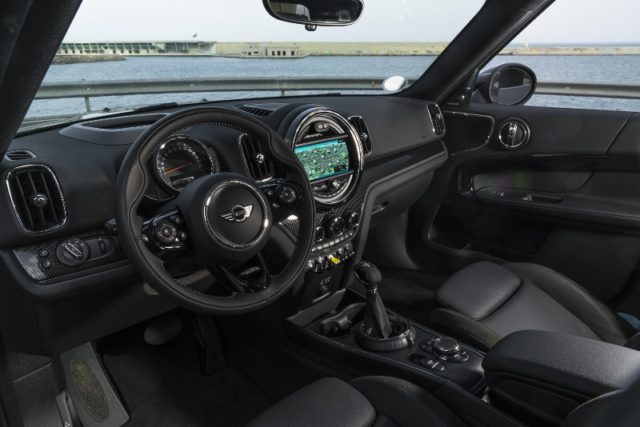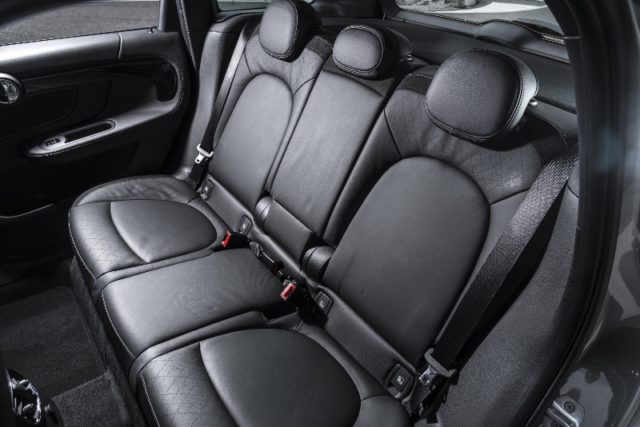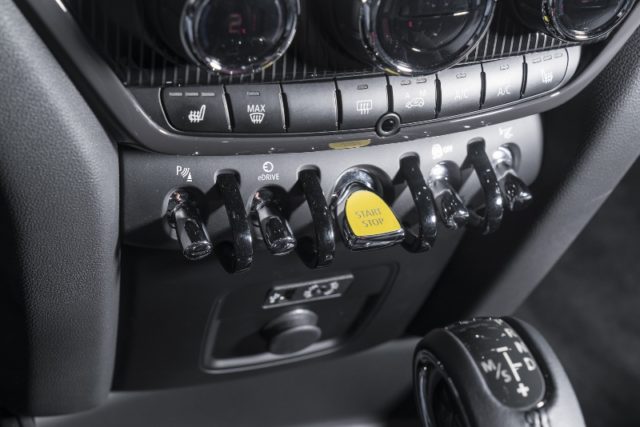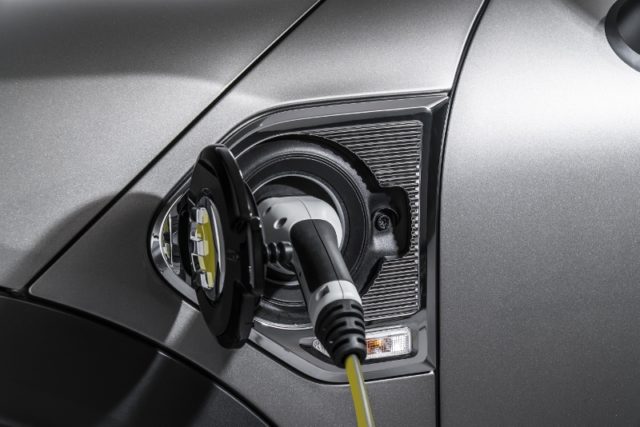First Drive: MINI Cooper S E Countryman ALL4
Combining crossover cachet and low CO2, MINI’s first plug-in can’t go far wrong, reckons Alex Grant.
Unlike the MINI E, this isn’t a fully-electric car, nor is it a two-seat hatchback. Part of the new, larger, Countryman line-up, it’s a full-size crossover, a plug-in hybrid with a 40km electric range, positioned in a segment where the sort of short-distance usage that suits this technology best is actually realistic.
But there is a bloodline back to those early prototypes; the MINI E had been a test bed for BMW technology that has come full circle here. MINI’s second-generation Countryman shares a platform with the BMW X1 and MPV derivatives of the 2 Series, and the plug-in hybrid system is the same as what’s in the 225xe Active Tourer. That’s a 136hp petrol engine and six-speed automatic gearbox at the front, and a 87hp electric motor driving the rear wheels.
It’s a good system, albeit with the familiar plug-in hybrid problems. A real-world electric range of around 35km, after which it becomes reliant on a petrol engine, means high-mileage drivers will get better fuel economy from the Cooper SD. Regular long trips would be frustrating in this anyway – its downsized 36-litre fuel tank, short electric range and two-hour charging times requiring regular stops for fuel or electricity.
Getting the most out of it requires planning. There are three driving modes, from eco-focused to sport, and three additional settings for the hybrid system, to conserving battery power for urban driving, force it to run on electricity, or let the car decide. That final setting is best for long journeys, where it can use navigation data to pre-plan opportunities for regenerative charging, or to use the motor to assist the petrol engine on uphill climbs.
On battery power, the motor makes easy progress in traffic and – in EV mode – can whirr silently up to motorway speeds without the petrol engine starting. There’s also a combined 225hp when needed, which is enough to out-accelerate every Countryman except the John Cooper Works, and it holds some battery charge so the motor can provide extra power or traction when needed.
Otherwise, it’s no more difficult to live with than any other Countryman. Cabin materials are high quality, accented with yellow as a nod to the MINI E’s graphics, and there are additional displays showing what the hybrid system is up to. Making space for the battery has cost it some of its under-floor boot storage, but the rear seats still fold flat and there’s still plenty of room for passengers and luggage on board.
The Countryman has gone some way towards delivering on a near decade-old vision, taking good technology and fitting it to a fashionable crossover, rather than an MPV as BMW has done. Short on direct rivals and high on desirability, it’s got plenty in its favour.What We Think
Plug-in hybrid technology is a good fit for a compact crossover’s often urban-centric usage. Though, as is always the case, it’s suited to a very specific, and committed, user.
For more of the latest industry news click here.














